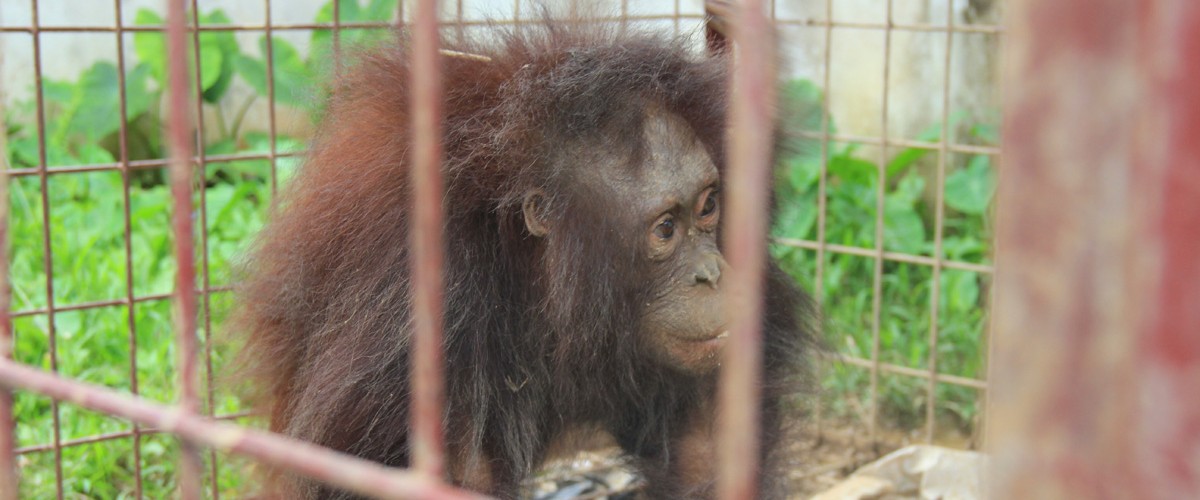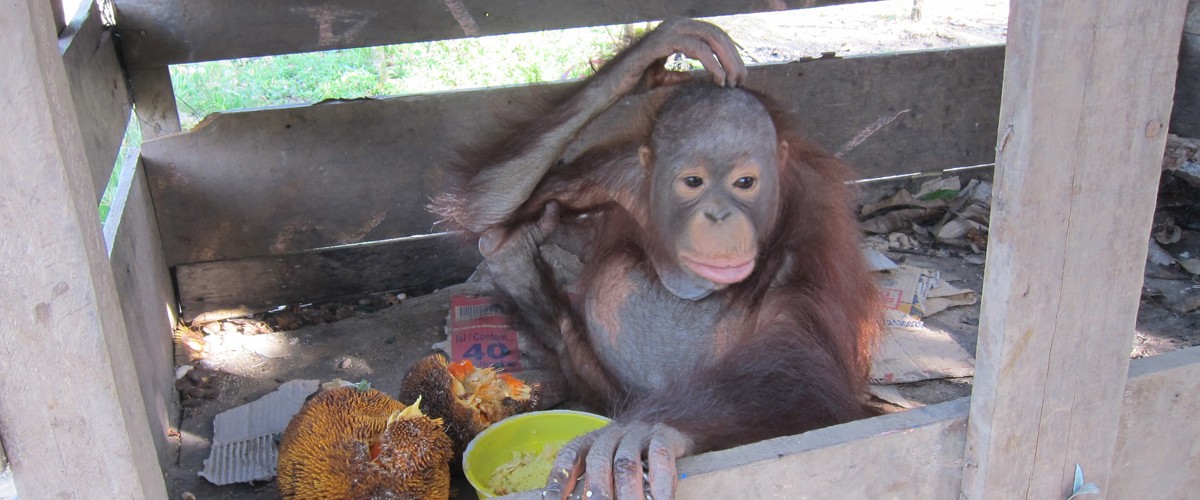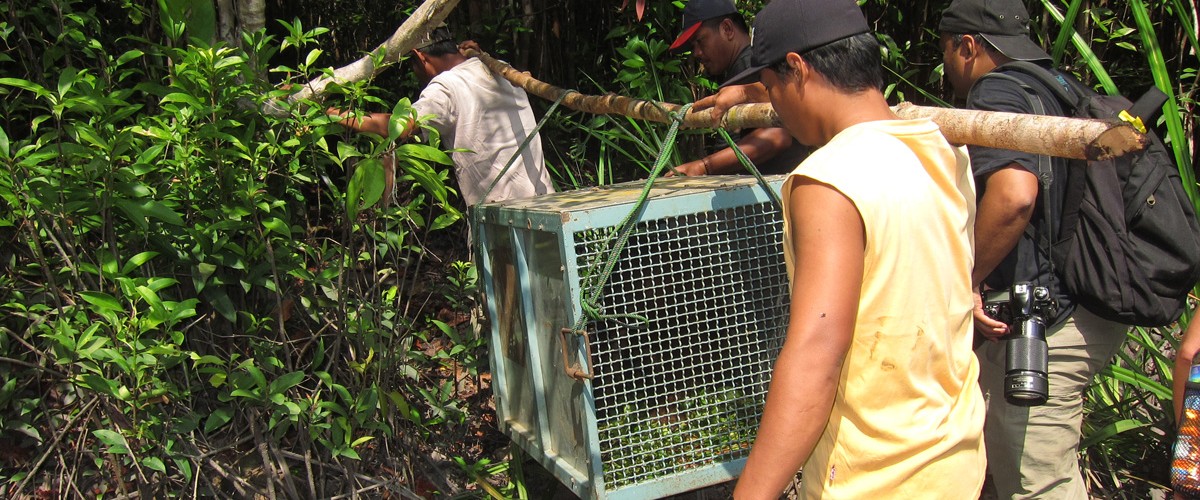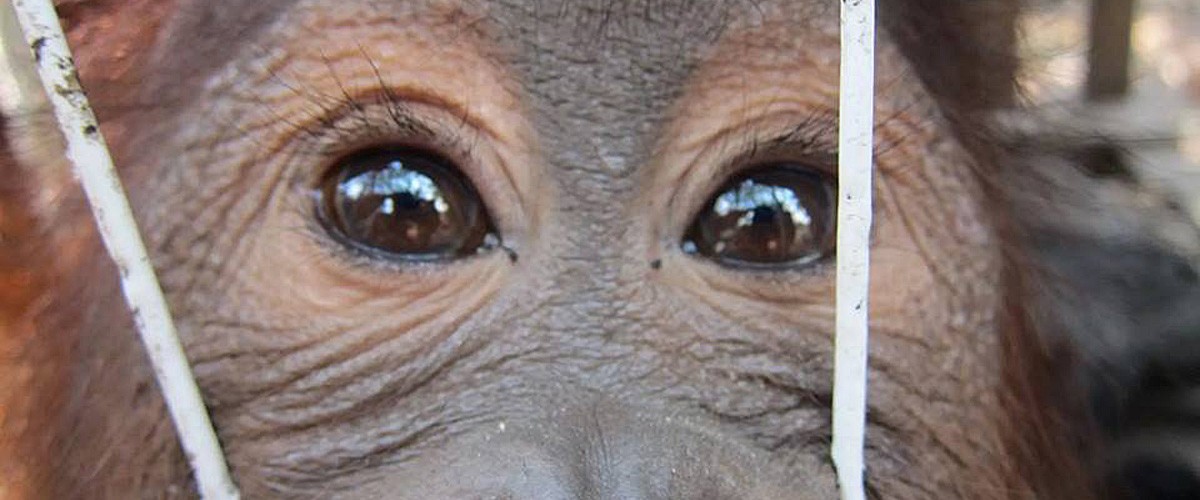By Andre Ronaldo, GPOCP Botanist and Survey Coordinator, with forward by Cheryl Knott, GPOCP Executive Director
The Cabang Panti Study Site, within Gunung Palung National Park, is situated to give access to no less than 8 different rainforest habitat types. This unparalleled habitat diversity means that orangutans here have potential access to a huge diversity of potential food sources. Thus, from our site, we can study what orangutans are eating from a wide range of habitats. Over the many years of the project we have developed a detailed knowledge of over 500 different plants that orangutans eat. Our research includes identifying them, studying their flowering and fruiting habits, weighing and measuring them and determining the nutrient and caloric composition. This, combined with our rich field data on orangutan foraging patterns, has given us a detailed understanding of the complex botanical ‘landscape’ that wild orangutans use. It was because of this knowledge that we were recently asked by Signe Preuschoft, Primatologist at the Four Paws International Rescue Center, in East Kalimantan, to come speak to her team and provide insights and training to her staff. Our fabulous new project botanist, Andre Ronaldo, and Research Manager, Ella Brown, thus visited the Center this past January to share their expertise. Below, Andre tells you about the visit.

Jejak Pulang, also known as Four Paws International Rescue Center, in East Kalimantan, is an orangutan rehabilitation facility. In January, Jejak Pulang invited us to participate in a consortium about “Orangutan Feeding Ecology & Development of Feeding Abilities of Orphaned Orangutans in Rehabilitation.” The objective of the meeting was to share our findings about orangutan feeding behavior in the wild, including the species of trees they feed on in the wild, the plant parts consumed and their overall foraging behavior. The meeting was not only for knowledge exchange but also to increase cooperation between institutions working on helping orangutans. Thus, Research Manager, Ella Brown, and I hopped on a plane (two in fact) to present our findings from the Cabang Panti Research Station on orangutan feeding ecology.
Ella spoke about the behavior of wild orangutans in Cabang Panti and I shared my knowledge on how to identify orangutan feeding plants, what parts they ate and how to determine mature, immature and ripe fruits. Some of the other interesting presentations from Jejak Pulang included talking about the development of feeding competence in orangutan rehabilitation and determining food availability in the orangutan forest schools.

After the presentations, we conducted a phenology (study of cyclic and seasonal phenomena of plant, climate, and animal life) simulation with botanists from the local natural resources department, Jejak Pulang, and myself. We shared information on phenology studies, and plant and fruit identification. Then we visited the local herbarium, where we saw even more plant species! We also shared techniques on how to best preserve botanical samples and manage a herbarium. The participants of the event were very happy to be able to learn from GPOCP’s long-term research on wild orangutans and their feeding ecology! We were thrilled to be able to participate and see that our research can be put to direct use for helping rehabilitate these former captive orangutans.










